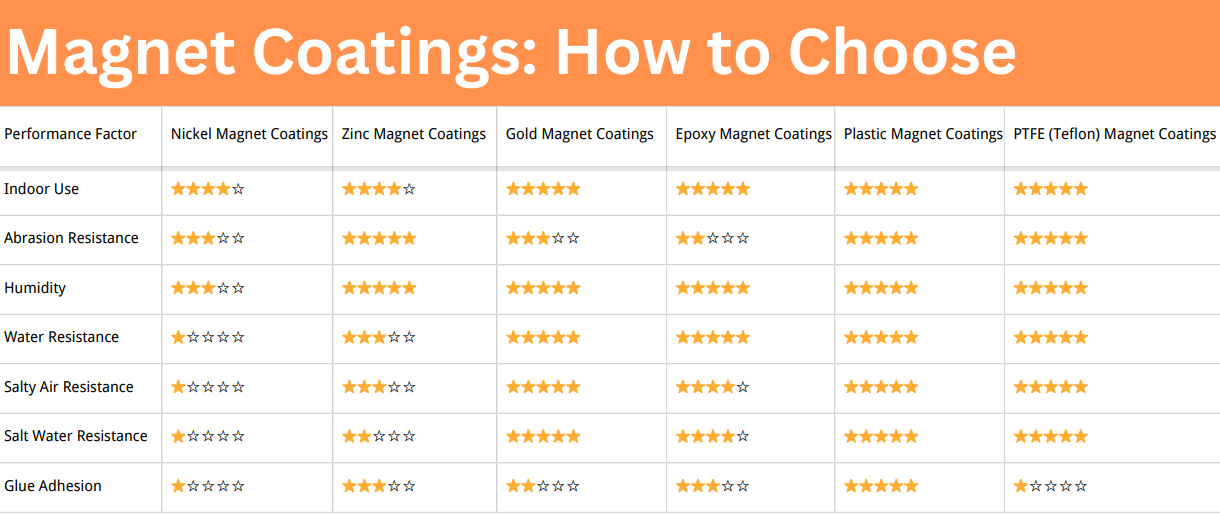Magnetic Rod & Its Applications
Magnetic Rod & Its Applications
The magnetic rod is mainly used to filter all kinds of fine powders, as well as iron-containing impurities and other materials with magnetism in liquids and semi-liquids. Magnetic rods are mainly used in plastics, food, environmental protection, filtration, chemical, electric power, building materials, ceramics, medicine, powder, mining, coal, and other industries.
 Magnetic rod
Magnetic rod
The magnetic rod is composed of an inner magnetic core and an outer cladding. The magnetic core includes a cylindrical magnet block and a magnetic conductive sheet. A good magnetic rod should have a uniform distribution of magnetic induction lines, and the maximum magnetic induction intensity point distribution should fill the entire magnetic rod as much as possible. Because it is generally placed in the moving product transmission line, the surface of the magnetic rod should be smooth and have little resistance, and it should not contain harmful substances to the environment, to avoid contaminating materials and the environment. The working environment of the magnetic rod determines that it must have certain corrosion resistance and high-temperature resistance characteristics and, and some occasions require relatively strong magnetic induction. Different magnetic flux densities can be obtained by using magnetic conductive sheets of different thicknesses. The choice of different types of magnets can determine the maximum magnetic induction intensity and temperature resistance of the magnetic rod. Generally, if you want to achieve a surface magnetic induction intensity of 12000 Gauss or more on a 1-inch diameter magnet rod, an N40 or higher grade neodymium magnet is required. When the temperature exceeds 150 degrees, the high-temperature resistant samarium cobalt magnetic rod is generally selected. However, SmCo magnetic rods are not chosen for large-diameter magnetic rods because SmCo magnets are very expensive. The magnetic induction intensity on the surface of the magnetic rod is proportional to the minimum particle size that can be adsorbed. In the battery, pharmaceutical, and other fields, fine iron impurities can also cause a great impact, so the magnetic rod of about 12,000 gausses should be selected. In the process of magnetic rod contact with fluid, there will be some irreversible loss of internal magnetic energy. When the loss exceeds 30% of the initial strength, the magnetic rod needs to be replaced.
Conclusion
Thank you for reading our article and we hope it can help you to have a better understanding of the magnetic rod and its applications. If you want to learn more about magnets, we would like to advise you to visit Stanford Magnets for more information. As a leading magnet supplier across the world, Stanford Magnets has been involved in R&D, manufacturing, and sales of magnets since the 1990s. It provides customers with high-quality permanent magnets like SmCo magnets, neodymium magnets, AlNiCo magnets, and ferrite magnets (ceramic magnets) at a very competitive price.














